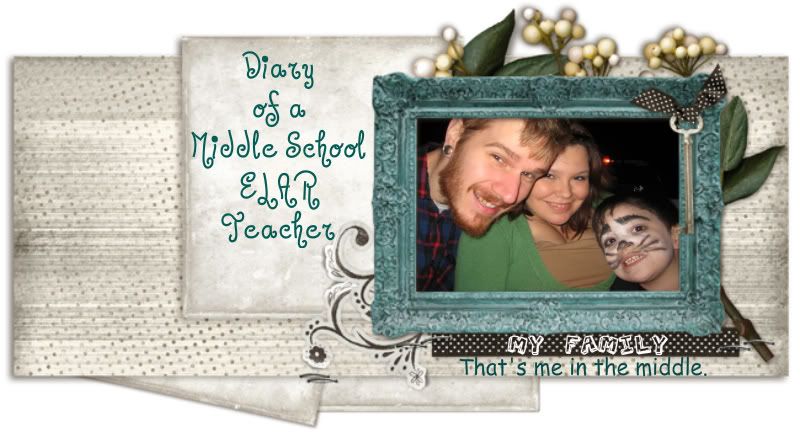NAME:____________________ DATE:___________
An analogy is a type of word problem. To solve the problem, you must find a word(s) that completes the analogy. Sometimes there seems to be nothing that is similar between the two pairs, but there always is. As you do more and more analogies, you discover different relationships that are used. This makes you much better at solving them.
One test that a student takes to enter the Master’s degree program is called Miller’s Aptitude Test. The whole test is solving analogies. Some jobs that you apply for are not looking for college students, but problem solvers for whatever job you are applying for. Test givers know that students who can solve analogies are problem solvers and as for college entrance exams, they are searching for students who have higher vocabulary. There’s always a word within the analogy that is a hard word. If you are ever in one of these situations, take the word apart using your skills of root study. Most long words are made up of several roots. You can guess the correct multiple choice answer by knowing parts of the more difficult words in the analogy.
*An analogy looks like this: A : B :: 1 : 2
*When you say it out loud it sounds like this: “A” is to “B” as “1” is to “2.”
*There are different types of comparisons such as these:
1. Part to Whole: nose : face :: ace : deck of cards
2. Antonyms: night : day :: cold : hot
3. Synonyms: happy : glad :: sliding : skidding
4. Description: sandpaper : rough :: ocean : wet
5. Item to Category: bird : blue jay :: season : winter
6. Rhyme words: nose : hose :: dryer : hire
7. Worker to tool: mechanic : wrench :: programmer : computer
There are many more types of analogies. Sometimes you just have to invent a relationship (type) that solves a certain analogy. For instance, there might be one that just counts the letters in the words. Here’s an example:
nose : take :: apple : happy
*Order matters. You must place the parts of the analogy in the same order on both sides of “::”. For instance, if the analogy relationship is “Whole to Part,” and you place “whole” first on one side then “whole” must be first on the other side.
*Try your hand at these:
1. dark : light :: ________ : fast
2. fork : spoon :: ________ : hoe
3. pencil : writing :: brush : ________
4. apple : fruit :: ________ : tool
5. ________ : oven :: pilot : airplane
*These are harder. Can you solve them? If needed, use your dictionary.
1. war : ________ :: turbulent : placid
2. distinguished : sophisticated :: fortified : ____________
3. George Washington : President :: Monet : ____________
4. second hand : pane :: watch : ________________
(Did you get #4? If the analogy is “Part to Whole, yes, they can have both
“parts” on one side and the “wholes” on the other side.)
5. lemon : yellow :: sky : ____________
*Now it’s your turn. Make up one of each type listed on the lines below.
Part to Whole:_______________________________________
Antonyms:__________________________________________
Synonyms:__________________________________________
Description:__________________________________________
Item to Category:______________________________________
Rhyme Words:_________________________________________
Worker to tool:________________________________________
Now can you think of other relationships? Make up a couple below and name the type of analogy you created.
Type:__________________ Analogy:__________________________________
Type:__________________ Analogy:__________________________________

No comments:
Post a Comment